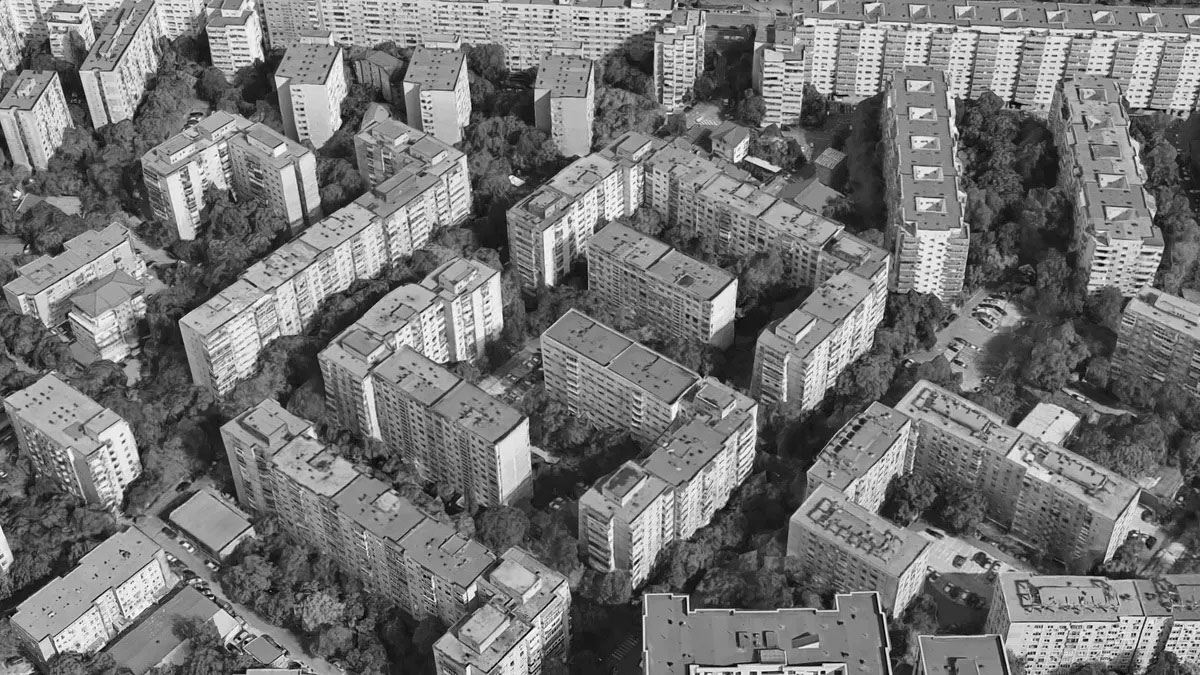“We’re living through a silent global catastrophe”, says the first page of the Humanise platform’s website. This platform, an initiative of the British architectural firm Heatherwick Studio, is the home of a global campaign to find solutions. But what is this “catastrophe”? We read: “a quiet global catastrophe of boring buildings that make us sick, stressed and depressed, while simultaneously destroying our planet”. As we can see, the problem posed by Humanise is twofold: the first is the emotional dimension of architecture; the second is its contribution to global warming and the consequences for the environment.
The emotional dimension of architecture
In effect, architecture would now have a 5th dimension, instead of only 4 (including that of time). In fact, according to the architecture studio, the ‘world’s leading psychologists and neuroscientists confirm that ”our physical surroundings profoundly impact our well-being’. In other words, living among “boring buildings that lack visual complexity increases cortisol levels, causing higher levels of stress”. In other words, architecture has a direct effect on the emotional and mental health of those who suffer from it, not precisely by living in it or using it, but even by looking at it, by facing it on a daily and unavoidable basis.

Hong Kong, China, by JD
“We’ve been forced to live through a lost century of harmful architecture”, Humanise launches the bitter complaint to the world, an architecture that “has made us more stressed, more angry, more scared, more divided: it has sickened our minds”. That justifies its 10-year campaign to address the “public health issues caused by boring buildings and inspire the public to demand better”.
Architecture that has ‘sickened our planet’.
“It’s been happening for 100 years and counting,” Humanise laments in one of the messages it pours from its online portal into the digital space. Indeed, we read, 50,000 buildings are demolished every year in the UK alone, which equates to 126 million tonnes of waste being released into the environment. Architect Thomas Heatherwick puts it this way: it is a century in which we have built “buildings that few people love”. As a result, he adds, “they get demolished and replaced (…) over and over again because nobody cares”. That generates extraordinary waste and massive carbon emissions.
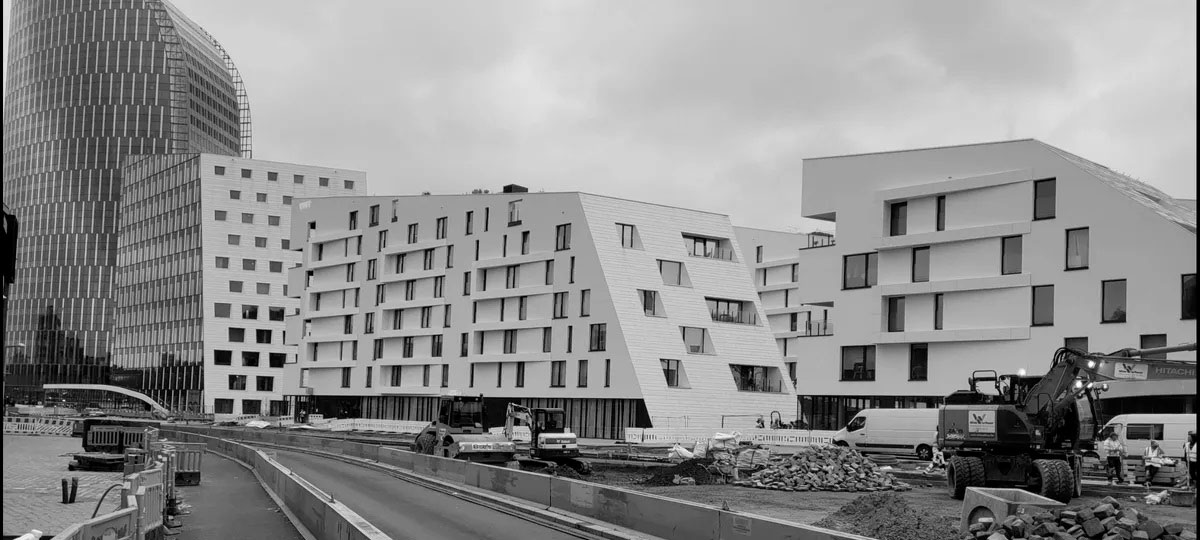
Liège, Bélgica, by Heloïse
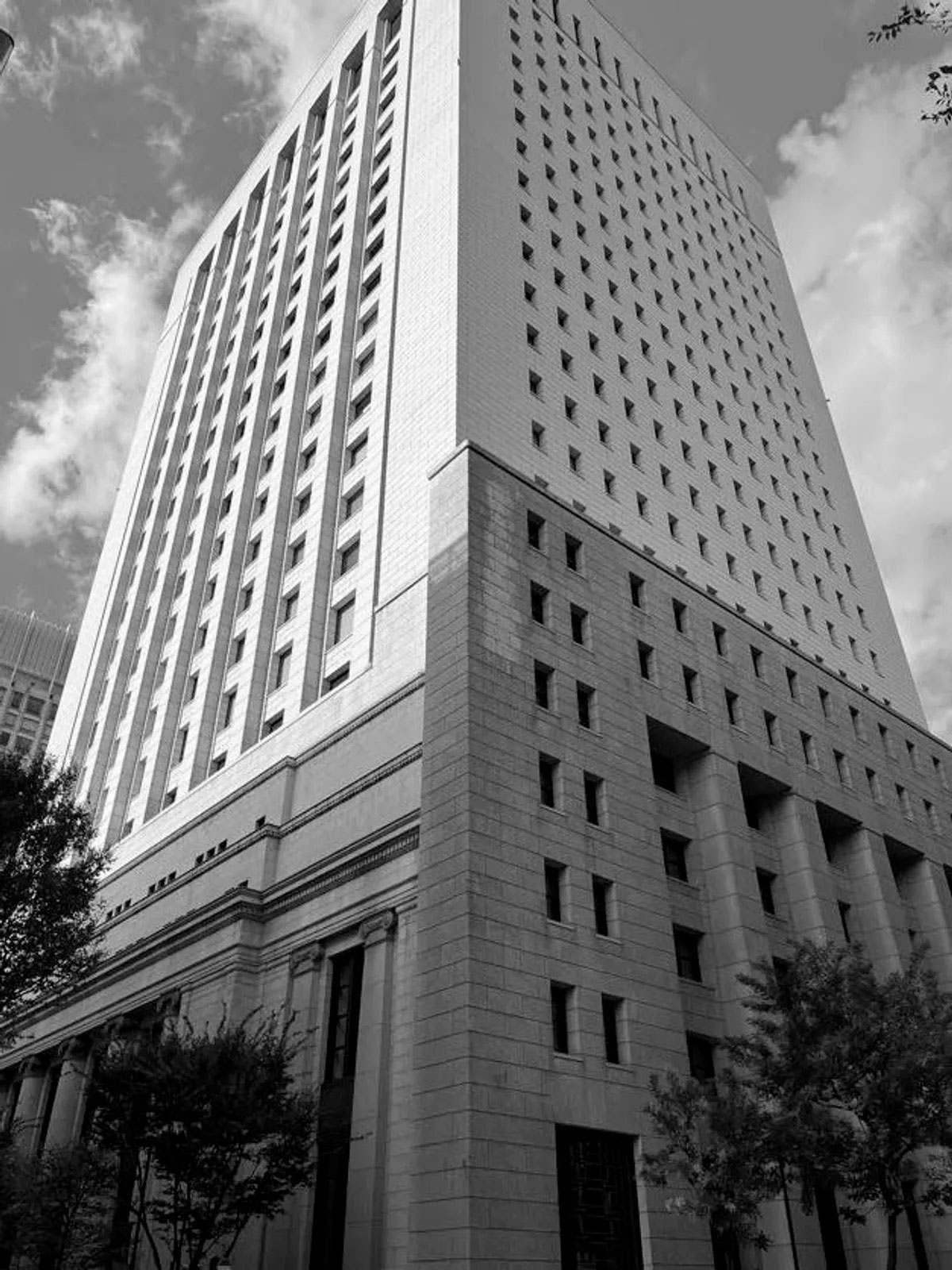
Tokyo, Japón, by Ibuki Iwata

Osaka, Japón, by James D.
“The Boring Buildings Index”
To create a “census of the problem”, Humanise is turning to the public and asking them to photograph buildings that “depress you”, those built by people “who didn’t care enough or understand the impact that buildings have on our lives”. The platform aims to provide this census and establish a dialogue with developers, designers, politicians and urban planners to help “re-humanise” our cities.
The future: emotional, durable and sustainable architecture
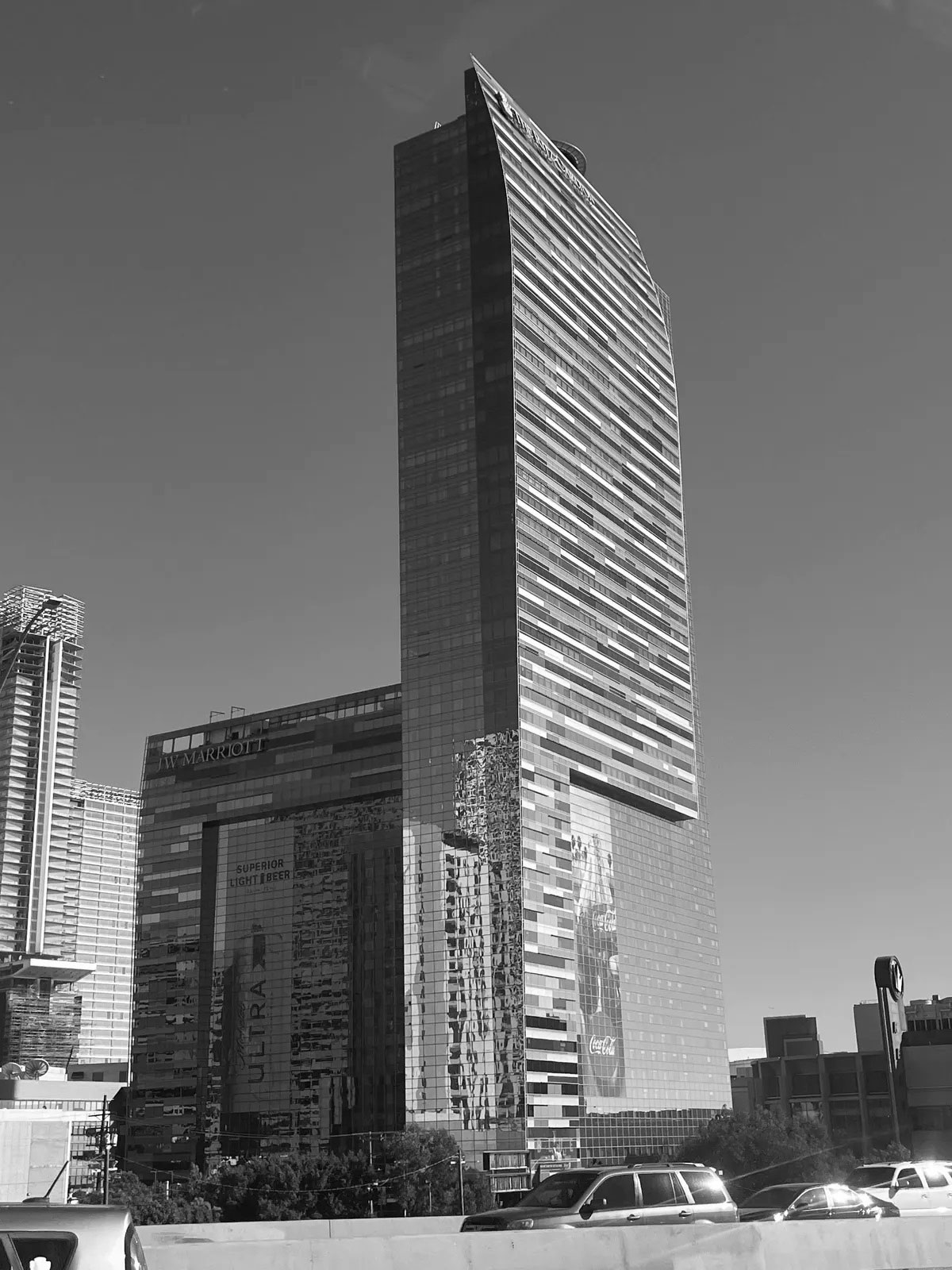
Los Ángeles, Estados Unidos, by Joel K.
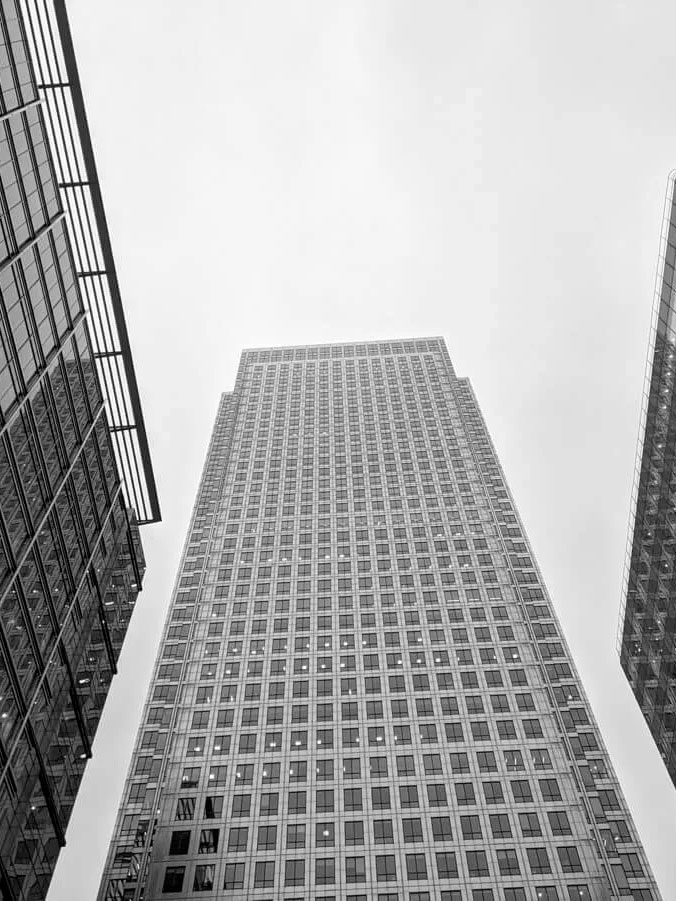
Margate, United Kingdom, by Alex Smith
To help solve this “urban crisis”, the architect who heads Heatherwick Studio suggests a simple rule: “a building should be able to hold your attention for the time it takes to pass by it”. And to urban planners and property developers, he suggests that they should practice their craft according to three fundamental principles:
-They should accept that the emotional dimension of a building, or “how people feel” about it, is a fundamental part of its role.
-They should work 1000 years ahead, in other words, design buildings to last a millennium.
-Finally, a building should still be interesting at a distance of 2 m from the door. According to the platform, at a distance of 40 m, we are able to perceive the building as a whole. At 20 m away, however, we are able to perceive more details of the architectural work: “Is there enough curiosity to make you want to look again?” If the answer is yes, then it is a “human building”. However, the ultimate proof that this is indeed the case is 2 m from the door. At this distance, a building strikes you with “materials, details and craftsmanship”, or lack thereof; again, good buildings are “worth the bother of drawing and experiencing from close up”, in other words, at that distance from the door.
This is how Humanise sees what we need in the future: “not more conformity, but more creativity”. In other words, more complexity. More emotion. More humanity. In short, emotional, long-lasting and sustainable architecture.
Sources: Humanise, Heatherwick Studio.
Images: Humanise.


